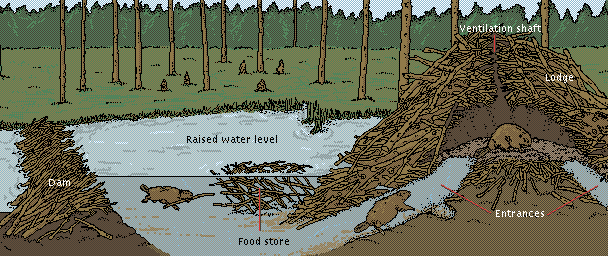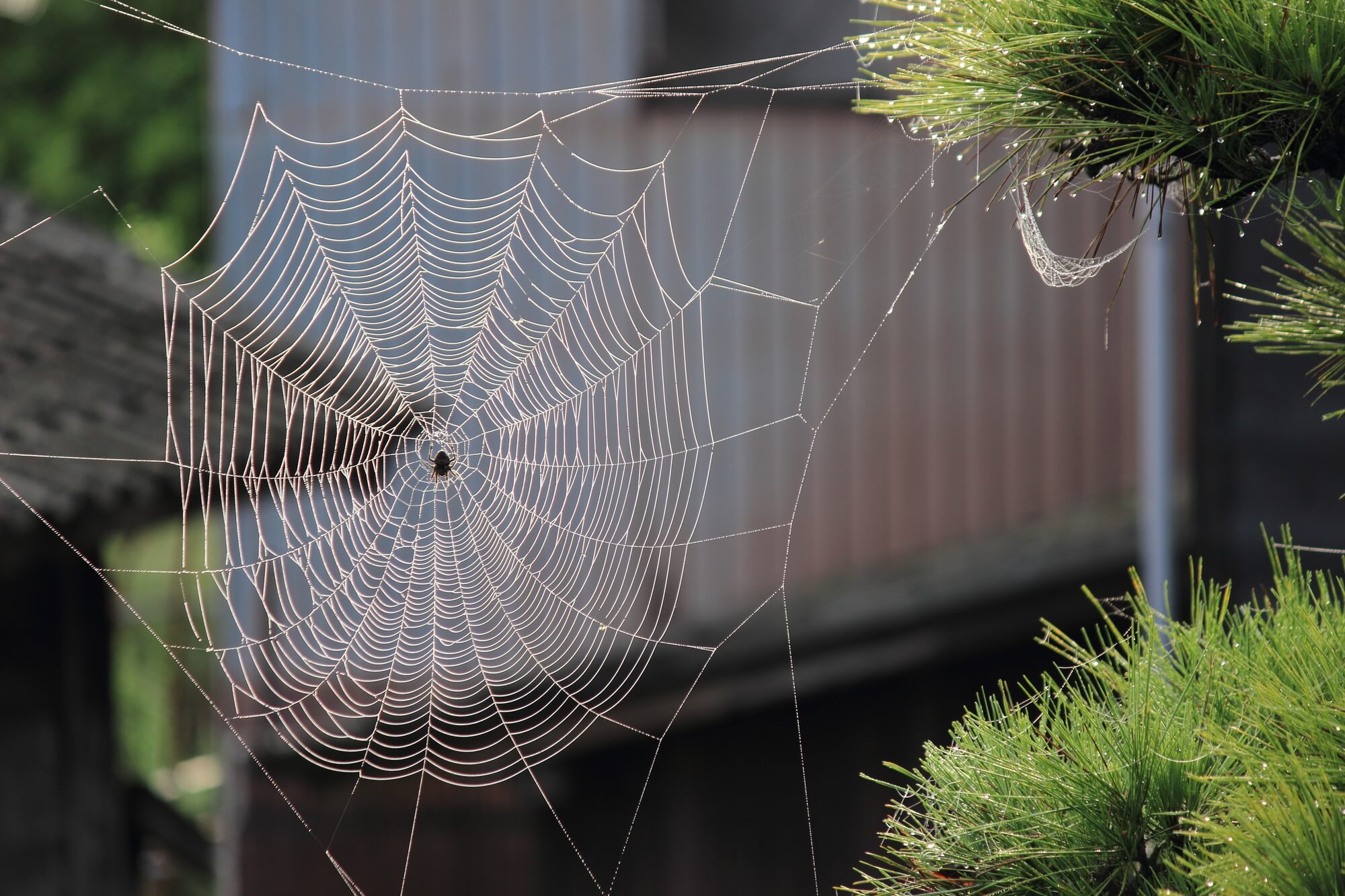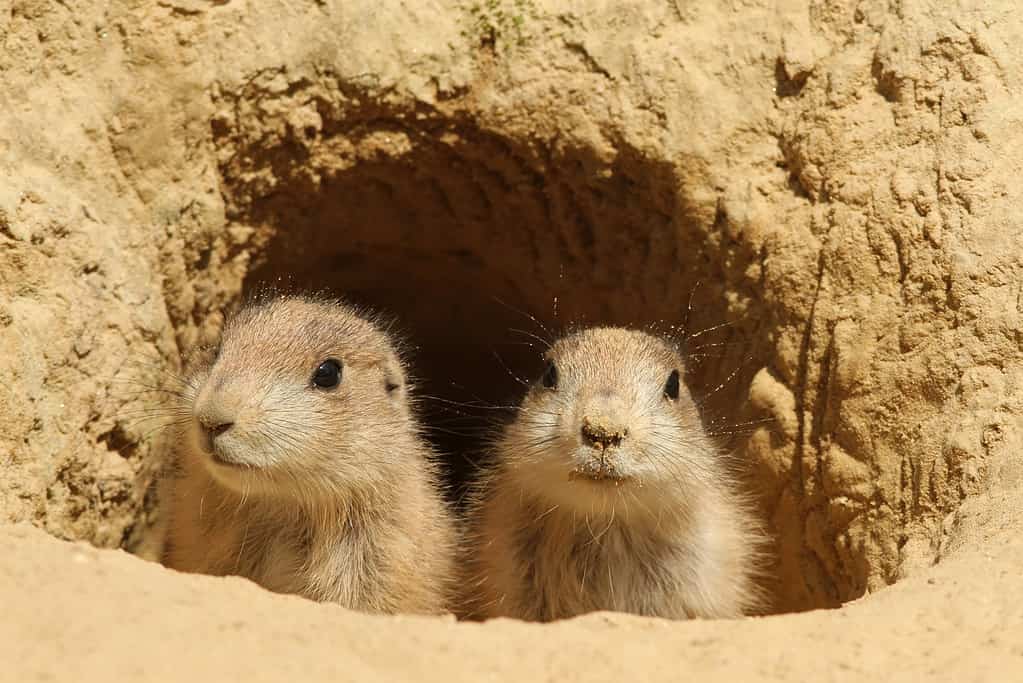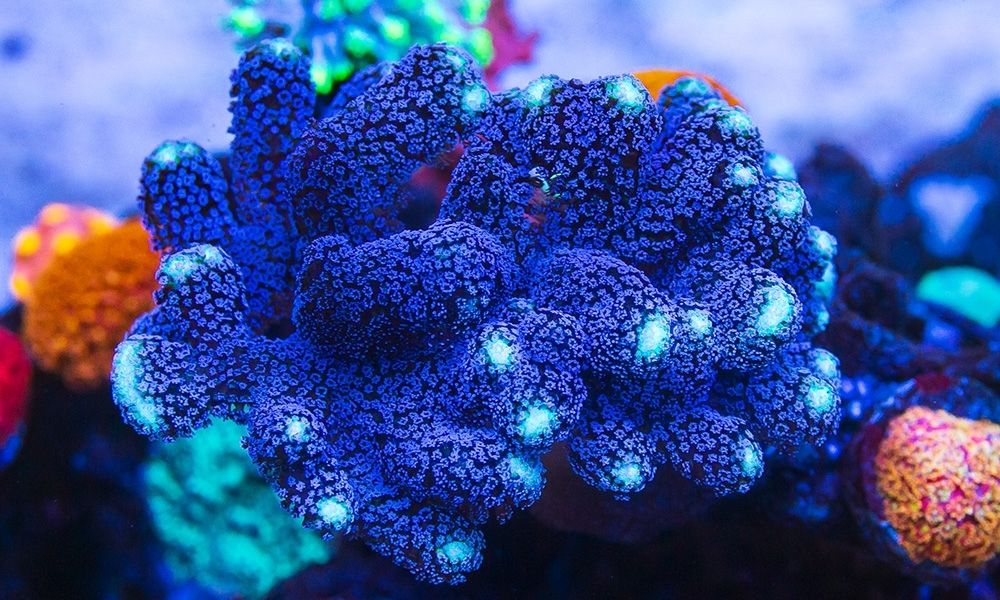Did you know there's an animal that can build structures as cleverly as a human architect? Every animal in the wild has something that makes it special. Lions are known for their power, elephants for their wisdom, and cheetahs for their speed. Even tiny creatures like ants amaze us with their teamwork and organisation. Together, they make the animal kingdom a well-balanced world. But there's one animal that stands out for a very different reason: its incredible building skills. This creature doesn't just make a home; it designs and constructs it with care, precision, and purpose. Its creations are innovative, strong, and built to last. So, do you know which animal is known as the architect of the animal world? In this article, we'll take a closer look at this fascinating builder and uncover what makes it so special.
Which Animal Is Known As The Architect Of The Animal World?

The animal most commonly called the Architect of the Animal World is the Beaver. This title is earned by its profound ability to alter its environment on a massive scale deliberately. Beavers construct elaborate dams across streams and rivers using mud, stones, and logs. This building activity floods valleys, creating deep, stable ponds where they then build their secure, dome-shaped lodges with underwater entrances.
10 Fascinating Beaver Facts You Might Not Know

Here are 10 simple and interesting lesser-known facts about beavers:
- Beavers can hold their breath underwater for up to 15 minutes!
- Their front teeth (incisors) never stop growing and are made of a super-hard substance containing iron, which makes them orange.
- Their famous flat, scaly tail is used as a rudder for swimming, a prop for standing, and a way to signal danger (by slapping the water).
- They have special clear eyelids that work like swimming goggles, letting them see underwater clearly.

- They use a strong, musky oil called castoreum (found near their tail) to mark their territory.
- Beavers are one of the few animals that are monogamous, meaning they usually stay with the same mate for their entire life.
- They don't hibernate. Instead, they store a huge "food pile" of branches underwater near their lodge to eat throughout the winter.
- The ponds they create can raise the water table, helping to prevent wildfires in dry seasons.
- After the capybara, the beaver is the second-largest rodent in the world.
- They have a split or "double" claw on their hind feet that they use like a comb to meticulously groom their waterproof fur.
Animal Architects: List Of Amazing Animals That Build Their Homes

Beavers are often called the "Architects of the Animal World". Why? Because they are fantastic builders who can change the land around them in a huge way. Beavers use mud, rocks, and tree branches to build big dams across rivers and streams. These dams stop the water, making a large, deep pond. In the middle of this safe pond, they build their cozy, round homes called lodges, which have doors that are underwater.
The largest beaver dam ever found is in Wood Buffalo National Park, Canada. It is so enormous it is 850 metres (over half a mile) long and can actually be seen from space.
| Animal | What They Build | Scientific Name | Physical Characteristics | Where They Live | What They Eat |
| Beaver | Dams and lodges | Castor canadensis, Castor fiber | Thick brown fur, flat tail, strong teeth | North America, Europe | Bark, leaves |
| Termite | Towers, mounds | Family Termitidae | Small, pale, soft body; large jaw (soldier caste) | Africa, Australia, Asia | Wood, fungi |
| Weaver Bird | Hanging woven nests | Family Ploceidae | Small, yellow/olive plumage, pointed bill | Africa, Asia | Seeds, insects |
| Ant | Underground colonies | Formicidae family | Small, segmented body, strong mandibles | Worldwide (except Antarctica) | Seeds, insects, fungi |
| Bowerbird | Decorative bowers | Ptilonorhynchidae family | Medium, brown/grey, striking eyes | Australia, Papua | Fruit, insects |
| Spider | Various webs | Araneae order | Two-part body, eight legs, silk glands | Worldwide | Insects |
| Prairie Dog | Burrowing "towns" | Cynomys genus | Small, tan rodent with a short tail | North America | Grass, insects |
| Coral Polyp | Coral reefs | Class Anthozoa (Cnidaria) | Tiny, soft, tentacled body | Tropical oceans | Plankton |
| Swallow | Mud cup nests | Hirundinidae family | Slim body, pointed wings, forked tail | Worldwide | Insects |
| Red Ovenbird | Clay oven-shaped nests | Furnarius rufus | Medium, reddish bird, strong bill | South America | Insects, seeds |
1. Beaver

Beavers are famous architects of the animal world. They build intricate dams and lodges using logs, mud, and stones. These structures transform landscapes, creating wetlands that benefit many species. Beavers have flat tails and sharp teeth designed for cutting trees. They mainly live in North America and Europe, near rivers and streams. Their diet consists of bark, leaves and water plants. Beavers create underwater entrances to their homes for safety. The largest known beaver dam is visible from space. They also help prevent soil erosion and improve water quality.
2. Termite

Termites are exceptional builders, constructing massive mounds that can reach up to eight metres high. These mounds feature advanced ventilation systems to maintain a stable environment inside. Termite colonies have millions of individuals working together; some farm fungus in specialised chambers as food. They are found in Africa, Australia, and Asia, feeding mainly on wood and fungi. Their small, pale bodies are adapted for life underground. Termites divide labour among specialised castes, and mounds can contain nurseries for young and royal chambers for queens.
3. Weaver Bird

Weaver birds are celebrated for their woven hanging nests, made from grasses and twigs. The nests protect against predators and harsh weather. Bright yellow or olive, these birds are widely distributed across Africa and Asia. They mainly eat seeds and insects. Weaver birds use their strong, pointed beaks to weave intricate knots. Some nests can weigh a ton and are built in colonies for added safety. Their nest-building skills evolved, so nests are not just decorative but highly functional.
4. Ant

Ants are master architects, constructing vast underground colonies. Their tunnels have specialised chambers for food, eggs, and fungus. Leafcutter ants even cultivate fungal gardens. Ants live on every continent except Antarctica, thriving in diverse environments. They are small, with strong mandibles and segmented bodies. Diet varies from seeds to insects and fungi. Ants work cooperatively, dividing labour among workers and soldiers. Some colonies include sophisticated ventilation systems. Their architectural teamwork is based on intricate chemical communication.
5. Bowerbird

Bowerbirds stand out for building decorated bowers as part of courtship displays. Males collect colourful flowers, berries, and even human-made items to attract females. Native to Australia and Papua, bowers are not nests but display arenas. These medium-sized birds have striking eyes and dull-coloured feathers. Bowerbirds eat fruits, insects, and sometimes small animals. Females later build nests to rear their young alone. The bowers showcase creativity and precision, making them unique among birds.
6. Spider

Spiders are renowned for their web artistry. They spin silk webs to catch prey and create shelter. Orb webs are the most common, but some spiders build funnel, sheet, or cobwebs. Found worldwide, spiders have eight legs and special silk glands. Their diet consists mainly of insects trapped in webs. Spider silk is incredibly tough; web shapes are adapted to different habitats. Webs can serve as both traps and hiding spots, demonstrating natural engineering.
7. Prairie Dog

Prairie dogs build complex underground burrow systems called "towns". These systems have chambers for nesting, storage, and alarm posts. Native to North America's grasslands, prairie dogs are small, tan rodents with short tails. Their diet consists of grasses and insects. The town's design helps prevent flooding and protects against predators. Prairie dogs are social animals with advanced communication calls to warn of danger. Their tunnelling aerates the soil and fosters biodiversity in grassland habitats.
8. Coral Polyp

Coral polyps create enormous coral reefs, which serve as the backbone of marine ecosystems. Reefs are made from the calcium carbonate skeletons of tiny, tentacled polyps. Reefs can be seen from space and foster immense biodiversity. Coral lives primarily in tropical ocean waters and feeds on plankton using stinging tentacles. Reefs provide shelter to thousands of marine species. Coral polyps reproduce both asexually and sexually, ensuring the growth and stability of reefs over centuries.
9. Swallow

Swallows are experts at constructing cup-shaped nests from mud and plant materials. These slim birds are famous for their forked tails and pointed wings. Swallows often nest in colonies on cliffs, bridges, and buildings for safety. Their diet consists mainly of flying insects. Nests are resilient and designed to stick to vertical surfaces. Swallows migrate across continents annually. Their colony living provides warmth, safety, and a better chance of survival for chicks.
10. Red Ovenbird
Red ovenbirds are named for their oven-shaped clay nests. They sculpt these round structures using mud and clay, which provide excellent protection from predators and weather. Found in South America, red ovenbirds are medium-sized, reddish-brown birds with substantial bills. Their diet includes seeds and insects. The nests last for years and are often reused. Ovenbirds are solitary nest-builders, and their homes are considered works of avian masonry.
Comments
All Comments (0)
Join the conversation